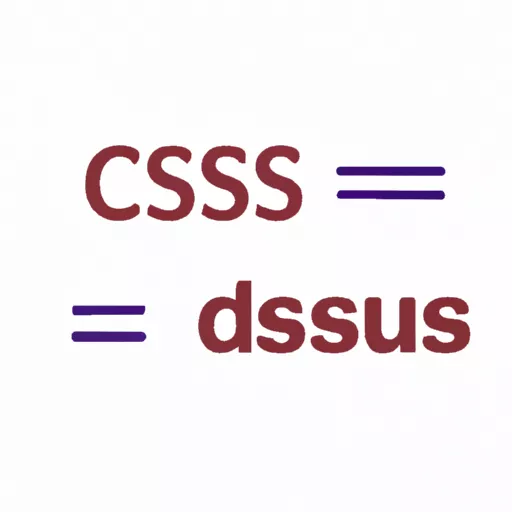
CSS preprocessors are a useful tool for developing modern and flexible websites. They allow developers to write CSS code using a simple and understandable syntax, which is then transformed into regular CSS. Preprocessors provide additional features and capabilities that simplify the process of code development and maintenance.
One of the most popular CSS preprocessors is Sass (Syntactically Awesome Style Sheets). Sass provides many features such as variables, mixins, nesting, and conditional operators. It allows you to create reusable styles and simplifies the code maintenance process.
Using variables in Sass allows you to define values that can be reused in the code. For example, you can define a variable for the site color and then use this variable throughout the code. If you need to change the site color, you only need to change the variable value.
Mixins are defined blocks of code that can be reused in different parts of the code. For example, you can define a mixin for creating an animation and then use it in different elements on your website. If you need to change the animation, you only need to change one mixin, and these changes will be automatically applied wherever the mixin is used.
Nesting in Sass allows you to define styles for nested elements without using long CSS selectors. For example, instead of writing .parent .child { color: red; }, you can write .parent { .child { color: red; } }. This makes the code more understandable and easily maintainable.
Sass also provides conditional operators, which allow you to apply different styles based on conditions. For example, you can apply a style only if an element is in a specific state or has a specific class.
To work with Sass, you can use various tools and build systems such as Grunt, Gulp, or Webpack, which automate the process of compiling Sass into regular CSS. You will also need to install Sass on your system or use online compilers such as CodePen or SassMeister.
In addition to Sass, there are other CSS preprocessors such as Less and Stylus. Each of them has its own features and capabilities. Less provides similar features as Sass, while Stylus offers an even more flexible and concise syntax.
In general, CSS preprocessors are indispensable tools for developing modern and flexible websites. They allow you to write clean and easily maintainable code that is easy to scale and modify. If you are not yet using CSS preprocessors, it is recommended to learn them and start using them in your project.


